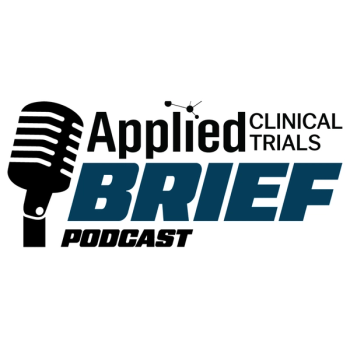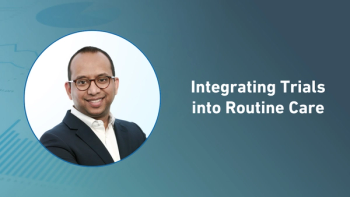
ERT Launches Centralized Cardiac Safety 2.0: A New Approach to ECG Management in Clinical Trials
ERT’s Centralized Cardiac Safety 2.0 strives to improve data quality, reduce the investigator workload and improve the overall user experience at the investigative site. The commercial value to sponsors and contract research organizations is derived from cost savings and more efficient operations across entire programs of drug development.
As part of the Centralized Cardiac Safety 2.0 solution, ERT has also introduced ELI-PC from Mortara Instrument. TThis small hand-held ECG collection device aims to make it easier for companies to adopt a centralized system as it interacts automatically with the central database.
Integration of this new ECG machine into computer systems will enable key information, such as patient demographics, to be automatically downloaded before a trial.
Newsletter
Stay current in clinical research with Applied Clinical Trials, providing expert insights, regulatory updates, and practical strategies for successful clinical trial design and execution.





.png)



.png)



.png)
.png)
